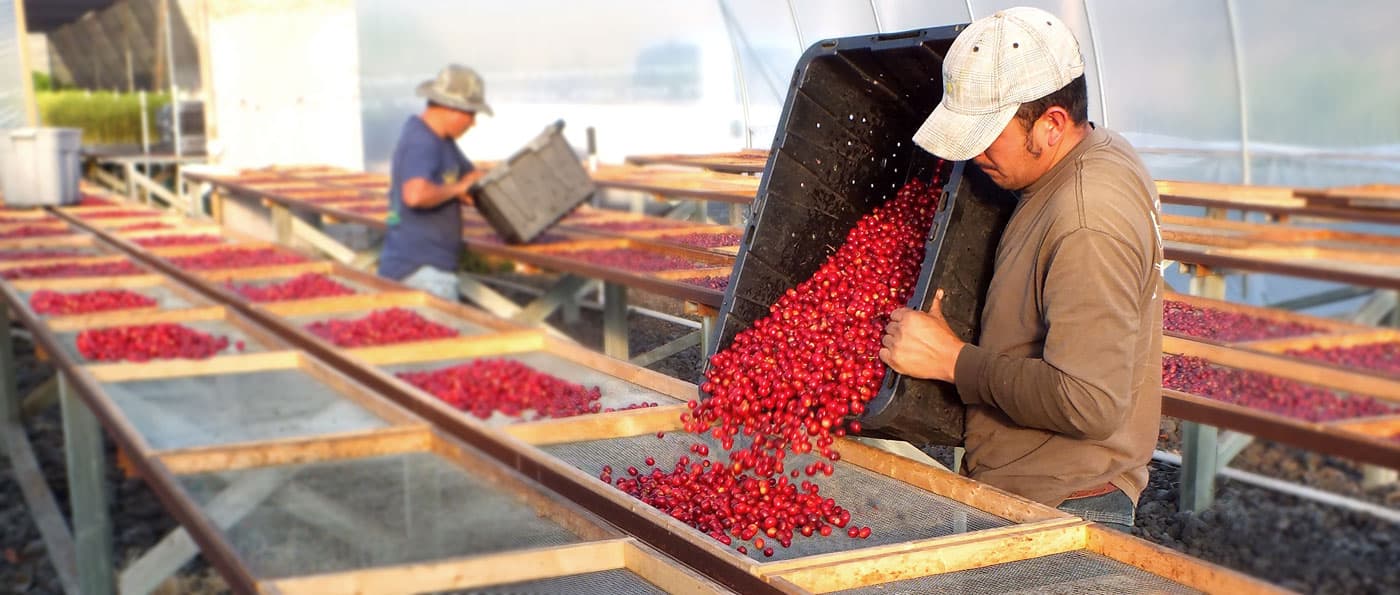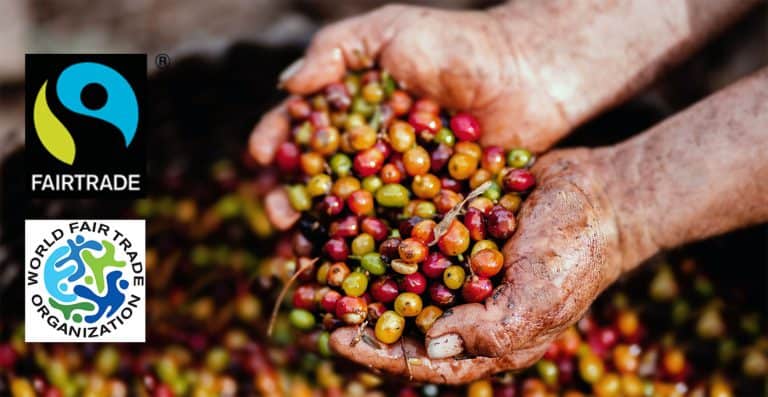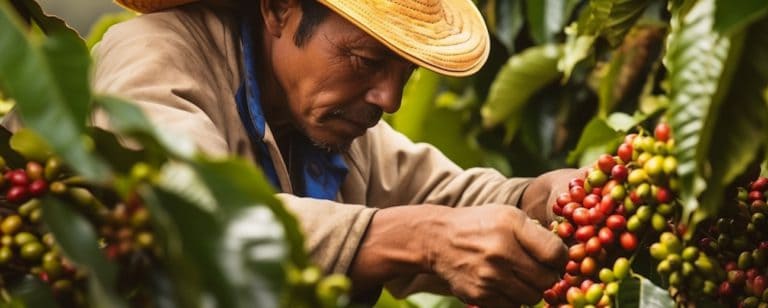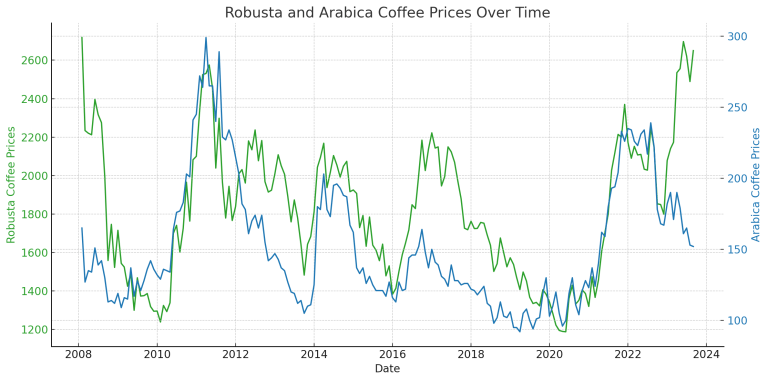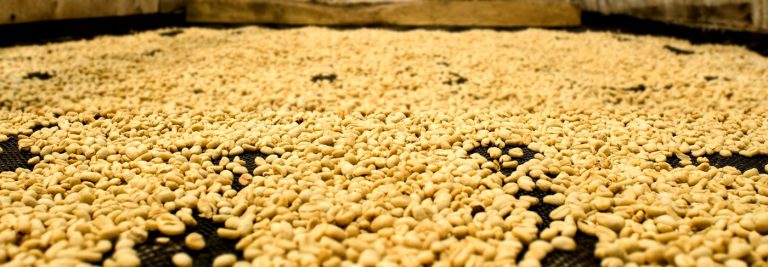Natural Coffee Processing Method Explained – What Makes Dry Coffee Beans Different?
A friend recently asked me what “natural process” meant in his coffee beans’ package, and why it’s different from “washed” and “honey” processed coffees.
Coffee terms can be confusing, I know, but it doesn’t have to be. Lend me a few minutes to discuss with you what natural process or dry process really means, how it’s different from other methods, as well as the benefits and drawbacks of such process.
So grab your coffee and let’s get to it.
What is Natural Coffee Process, also known as Dry Process?
Natural coffee processing is also called dry processing. It is an age-old method that is still used today, where ripe coffee cherries are picked from the trees and spread out to dry under the sun. It is said to originate from Ethiopia, where coffee cultivation began.
You might be wondering, how does the natural process impacts the flavor of your brew?
Well, this method enhances the sweetness and fruity notes in your coffee. It allows the cherry’s natural sugars to seep into the coffee beans while drying, resulting in a more vibrant cup with luscious berry or tropical fruit flavors.
Today, natural processing is prevalent in Ethiopia and Brazil, where coffee producers have less access to water. While it’s an affordable option for them though, this process can run the risk of having defects in the beans.
Steps of the Natural Processing Method
Now that you have a basic understanding of what natural coffee processing is all about, let me break it down for you step by step:
- Coffee farm workers start with ripe cherries being carefully hand-picked from the coffee trees.
- These cherries are then spread out in a thin layer under the sun on large patios or raised beds. The hot sun acts as nature’s dehydrator and slowly dries up these cherries over time.
- As they dry in the sun, fermentation occurs inside those cherries. The enzymes within the fruit interact with sugars and create some seriously complex flavor compounds while reducing acidity.
- Throughout the day, the beans are raked and turned to avoid spoilage. They are also covered during the night and during rain.
- The drying process can take several weeks depending on weather conditions.
- Once their moisture content has dropped down to around 11%, they are transferred to a dry mill, which removes the fruit and the parchment layer via mechanical shaking (friction).
- The resulting green coffee beans are checked for quality either by hand or with a machine, and polished
- The beans are poured into sacks and stored until shipping day.
After that, the coffee beans are sold as is or sent to coffee roasters to roast before they are packaged to become those aroma-rich nuggets you can purchase at your local grocery, specialty coffee shop, or online.
Comparing with Washed Process & Honey Process
You know now how the natural process works, but how does it differ from other ways to process coffee? Let’s compare to give you a better understanding of these popular processes.
Natural Process vs Washed Process
Washed coffees are all about showcasing the true character of the beans. The cherries are meticulously de-pulped and fermented to remove any remaining mucilage stuck to the beans’ parchment or hull before being thoroughly washed and dried.
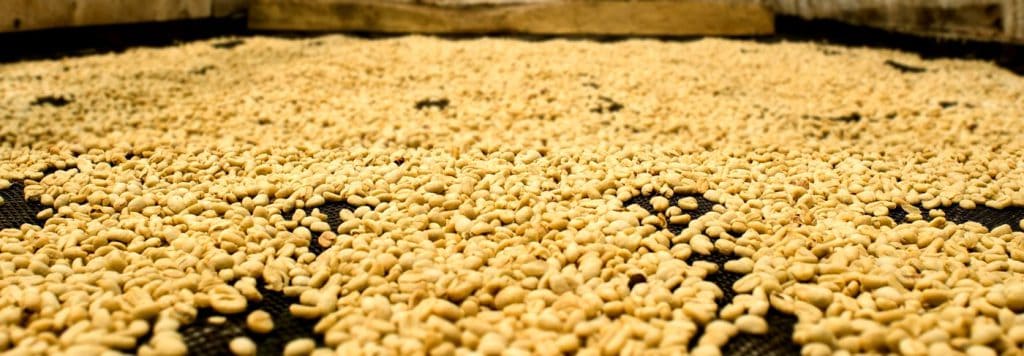
This results in clean and vibrant flavors that really highlight the nuances of the coffee itself. Many would consider the washed coffee’s flavors to be purer and superior over natural coffee but it still depends on your preference. If you like fruity notes in your coffee then go for natural, but if you want emphasis on the beans’ flavors, opt for the washed variant.
Natural coffee is more environmentally friendly though, since washed process requires excessive water usage and the waste can contribute to water pollution.
Additionally, washed coffee’s extensive process and high-quality yield make it an expensive choice. However, it is also worth noting that the labor that goes into natural processing can drive its price up.
I have a detailed article on how washed coffee processing works here if you’re interested.
Natural Process vs Honey Process
On the other hand, honey-processed coffees walk a fine line between washed and natural. During this method, some but not all of the cherry is removed before drying.
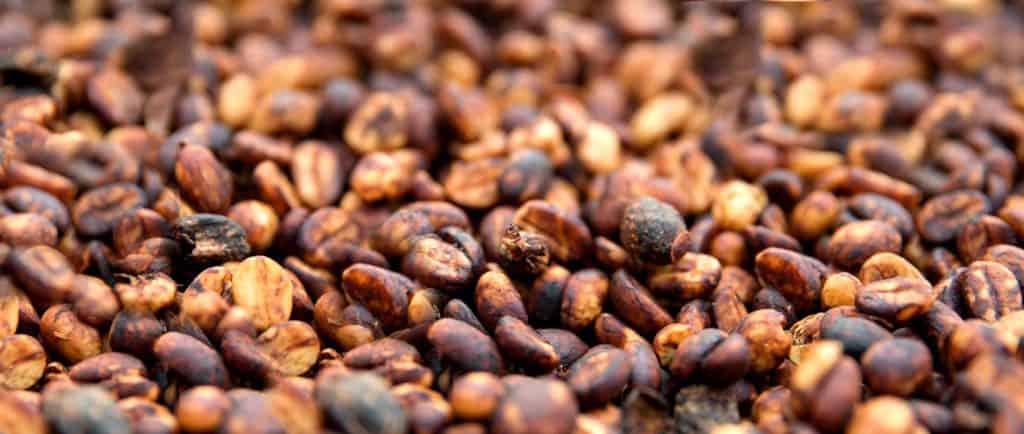
Like dry coffee, the bean retains some of its fruity sweetness but with less risk of defects plus it has a rounder acidity compared to fully washed coffees. I can compare it to adding just a touch of honey to your cup – subtly sweet yet still full-bodied.
There are different levels to the de-pulping which can affect your final brew:
- White Honey Coffee: Here, 80-100% of the mucilage gets removed.
- Yellow Honey Coffee: 50-75% retains parts containing mucilage.
- Red Honey Coffee: Removal ranges from 25-50%
- Black Honey Coffee: Very little mucilage is removed, going below 25%.
Strictly comparing the two methods, I believe that the honey process yields better coffee than its dry counterpart (and it’s more eco-friendly than the wet method). However, it can fetch a higher price due to the added step of de-pulping.
Here’s an overview of the comparison between the three coffee processing methods:
| Process | Pros | Cons |
|---|---|---|
| Natural, aka Dry | – Most eco-friendly option – Affordable – Fruity notes in the coffee with little acidity | – Prone to defects in the beans |
| Washed, aka Wet | – Considered superior in flavor – Brighter and cleaner cups that emphasize the beans’ flavors | – Generally more expensive than the other methods – Excessive usage of water makes it unsustainable |
| Honey, aka Pulped Natural | – Have less risk of bean defects – More eco-friendly than washed coffee | – Often more expensive than the dry process |
My recent article on the different coffee processing methods can give you a more detailed comparison and insight into the more uncommon ways to process coffee.
The Potential Risks and Challenges
Now, let’s talk about the potential risks and challenges that come with natural coffee processing. While this method has its advantages, it is not without its difficulties:
Over-fermentation
One of the challenges with this process is the risk of over-fermentation, which can lead to off-flavors and undesirable tastes in your final cup. This is why it’s crucial for farmers to carefully monitor the beans and ensure their proper rotation to reduce this risk.
Inconsistency in beans
Unlike other processing methods, natural processed coffees are more prone to variations in flavor profiles from batch to batch. This inconsistency can make it challenging for producers to create a consistent product which in turn affects your brews as a consumer.
Dependence on weather
This method also requires ideal climate conditions. It needs enough sunlight and dry weather so the cherries can properly dry without molding or spoiling. In regions where these conditions are not readily available, natural processing may not be possible or meet your expectations.
Despite these challenges though, many farmers and roasters still embrace natural coffee processing because when done right, it can deliver vibrant, fruity, and complex cups of coffee. It’s really a delicate balance between skill, experience, and meticulous attention to detail.
Conclusion
As you now know, the natural (or dry) process is about drying ripe coffee cherries under the sun, resulting in coffee that’s rich with fruity flavors with low acidity levels. It’s generally affordable and eco-friendly as well, but it carries some risks of defects in the beans.
Do I recommend it? Personally, I like the subtle sweetness and hints of berries in my cup, especially when making pour-over coffee with a V60 or Chemex. But I do like consistency in my espresso, so I often opt for other methods there. But that’s just me.
I recommend that you give it a try to decide if this kind of coffee is for you.

